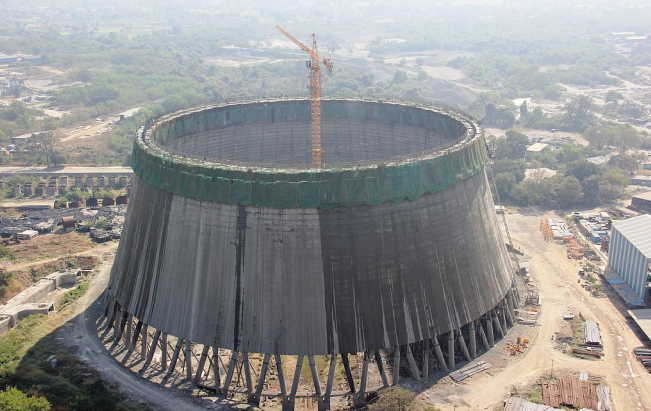Basic work principle of Natural Draught cooling tower (NDCT)
The main principle
of Cooling tower based on evaporation. A cooling tower’s function is to
remove heat from a building or process application that generates heat and must
be dissipated. Cooling towers uses the heat transfer method of convection and
surface area contact between fluids to help cool water cycling back from the
source that is to be cooled to a suitable temperature to re-carry heat. In this
process the sensible heat of hot water is converted to latent heat of
vaporisation. The fundamental principal employed in accomplishing this
removal of heat is the evaporation of water. How this evaporation is
accomplished varies among differing types of cooling towers but nearly all
towers rely upon the atomization of the water over sprinkler heads, allowing
the water to “rain” over fills which are a honeycomb-like structure that increases
the surface area of the water , and then pulling air across the surface of the
water through the use of fans.


Comments
Post a Comment